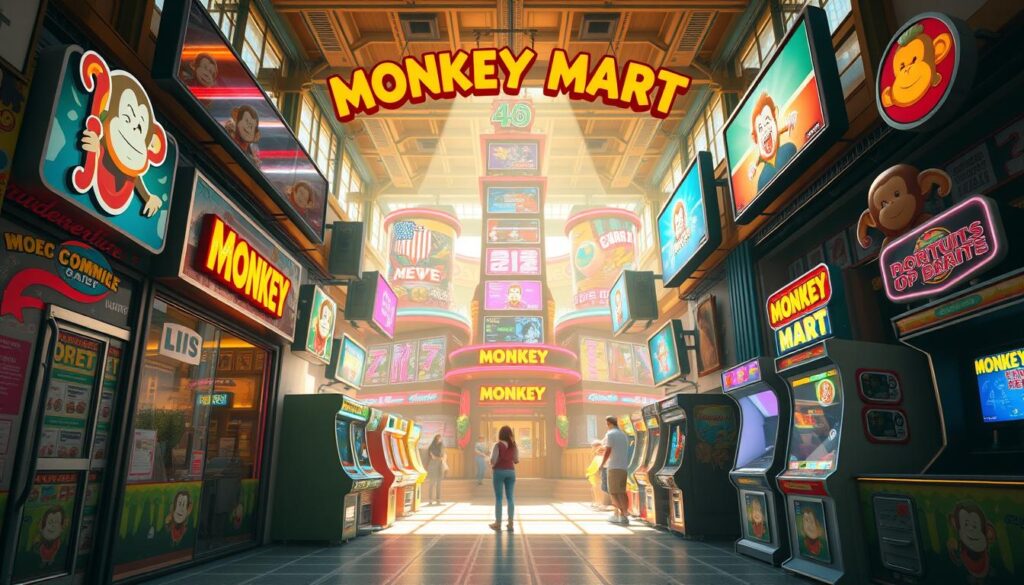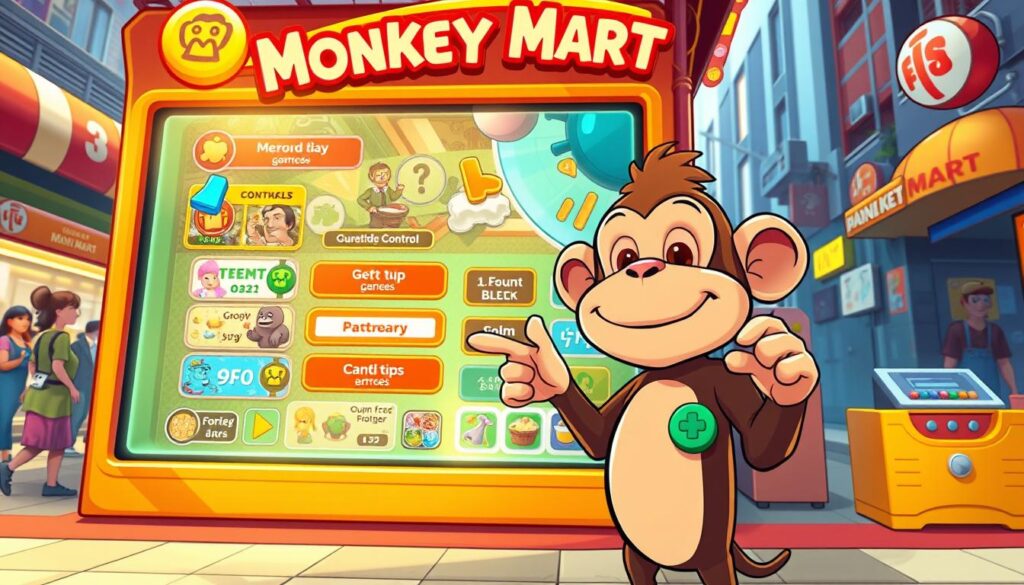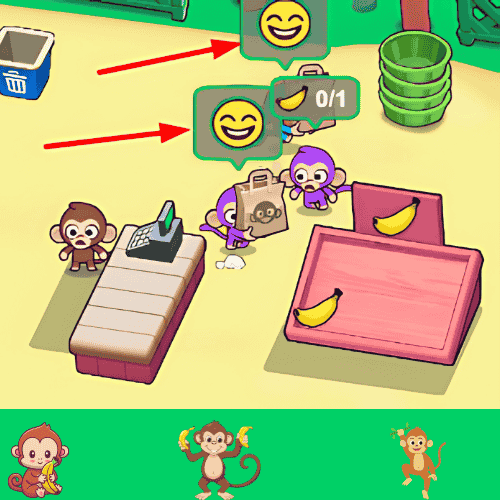Introduction
Do you love playing fun online games? If yes, then you must have heard about Monkey Mart, a popular game where you run a store and manage different tasks. But did you know that Monkey Mart can also help you learn geometry? That’s right! In this article, we will explore how Monkey Mart Geometry Spot makes learning math fun and easy.
We will discuss:
- What is Monkey Mart?
- How geometry is used in Monkey Mart
- Real-life examples of geometry in the game
- Why learning geometry through games is helpful
- Tips to improve your geometry skills while playing
By the end of this article, you will see how a simple game like Monkey Mart can teach you important math concepts without making it boring.
What is Monkey Mart?
Monkey Mart is an exciting online game where you play as a cute monkey who runs a supermarket. Your job is to:
- Stock shelves with fruits, vegetables, and other items
- Help customers find what they need
- Manage money and make sure your store runs smoothly
The game is full of colorful graphics, fun challenges, and quick decision-making. But hidden inside Monkey Mart are many geometry concepts that help you play better.

How is Geometry Used in Monkey Mart?
Geometry is a branch of mathematics that deals with shapes, sizes, angles, and positions of objects. In Monkey Mart, you use geometry without even realizing it! Here’s how:
1. Arranging Items on Shelves (Area & Space)
In Monkey Mart, you must place different products on shelves. Some items are big (like watermelons), and some are small (like bananas). To fit everything properly, you need to understand:
- Shapes (rectangular shelves, round fruits)
- Area (how much space an item takes)
- Organization (placing items in the best way)
This is just like real-life stores where workers arrange products to save space.
2. Moving Around the Store (Directions & Angles)
As the monkey moves around the store, it follows paths and turns at different angles. This involves:
- Right angles (90° turns) – When you turn corners
- Straight lines – When walking down aisles
- Distance – How far you need to go to reach a customer
These movements are all part of geometry in motion.
3. Customer Paths (Lines & Patterns)
Customers walk into the store in certain patterns. Some take the shortest path (a straight line), while others move in zig-zag ways. Observing these paths helps you understand:
- Lines (straight, curved)
- Patterns (how people move in a space)
- Efficiency (the quickest way to serve customers)
4. Designing the Store Layout (Symmetry & Balance)
A well-designed store looks balanced. In Monkey Mart, you can rearrange shelves to make the store look neat. This uses:
- Symmetry (both sides looking equal)
- Balance (not putting all heavy items on one side)
- Proportions (shelf sizes compared to products)

Real-Life Examples of Geometry in Monkey Mart
Geometry is not just in games—it’s everywhere! Here are some real-life examples similar to Monkey Mart:
1. Supermarket Layouts
Real stores use geometry to place products so customers can find them easily. They follow grid patterns, just like in Monkey Mart.
2. Warehouse Organization
Big warehouses (like Amazon) use geometry to stack boxes efficiently, saving space and making it easier to find items.
3. Road and City Planning
Streets are designed with angles and measurements so that traffic flows smoothly—just like how customers move in Monkey Mart.
Why Learning Geometry Through Games is Helpful
Many students find geometry difficult because it seems abstract (hard to imagine). But when you see it in a game like Monkey Mart, it becomes easier because:
✅ You Learn by Doing – Instead of just reading, you apply geometry in actions.
✅ It’s Visual – You see shapes and angles in real-time.
✅ It’s Fun! – Games make learning feel like play, not work.
✅ Improves Problem-Solving – You figure out the best way to arrange things.

Tips to Improve Your Geometry Skills While Playing Monkey Mart
Want to get better at geometry while having fun? Try these tips:
1. Observe Shapes and Sizes
- Notice how different items fit on shelves.
- Compare big and small objects.
2. Plan Your Store Layout
- Try arranging shelves in straight lines or patterns.
- See what looks balanced and what doesn’t.
3. Track Customer Movements
- See if customers take the shortest path.
- Adjust shelves to make their trips faster.
4. Experiment with Angles
- When moving, try turning at different angles.
- See which paths save time.
5. Think Like a Store Designer
- Imagine how real stores are set up.
- Apply those ideas in the game.
Conclusion
Monkey Mart is not just a fun game—it’s also a secret geometry teacher! By playing, you learn about shapes, space, angles, and organization without even realizing it.
Next time you play, pay attention to how geometry helps you run your store better. Who knew math could be this exciting?
If you want to try Monkey Mart and see geometry in action, visit monkey-marty.site and start playing today!
Did you find this article helpful? Share it with your friends and let them discover the fun side of geometry too! 🚀🐵







